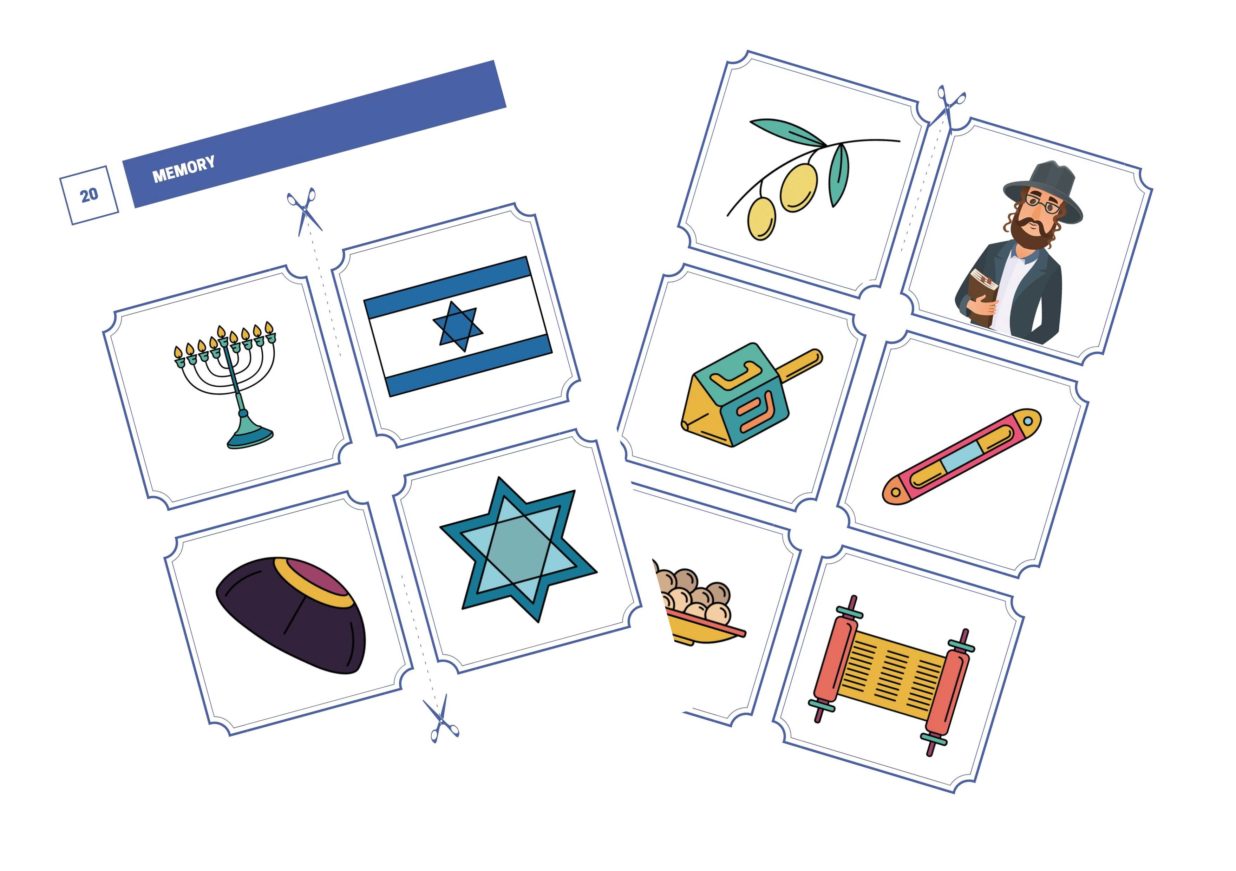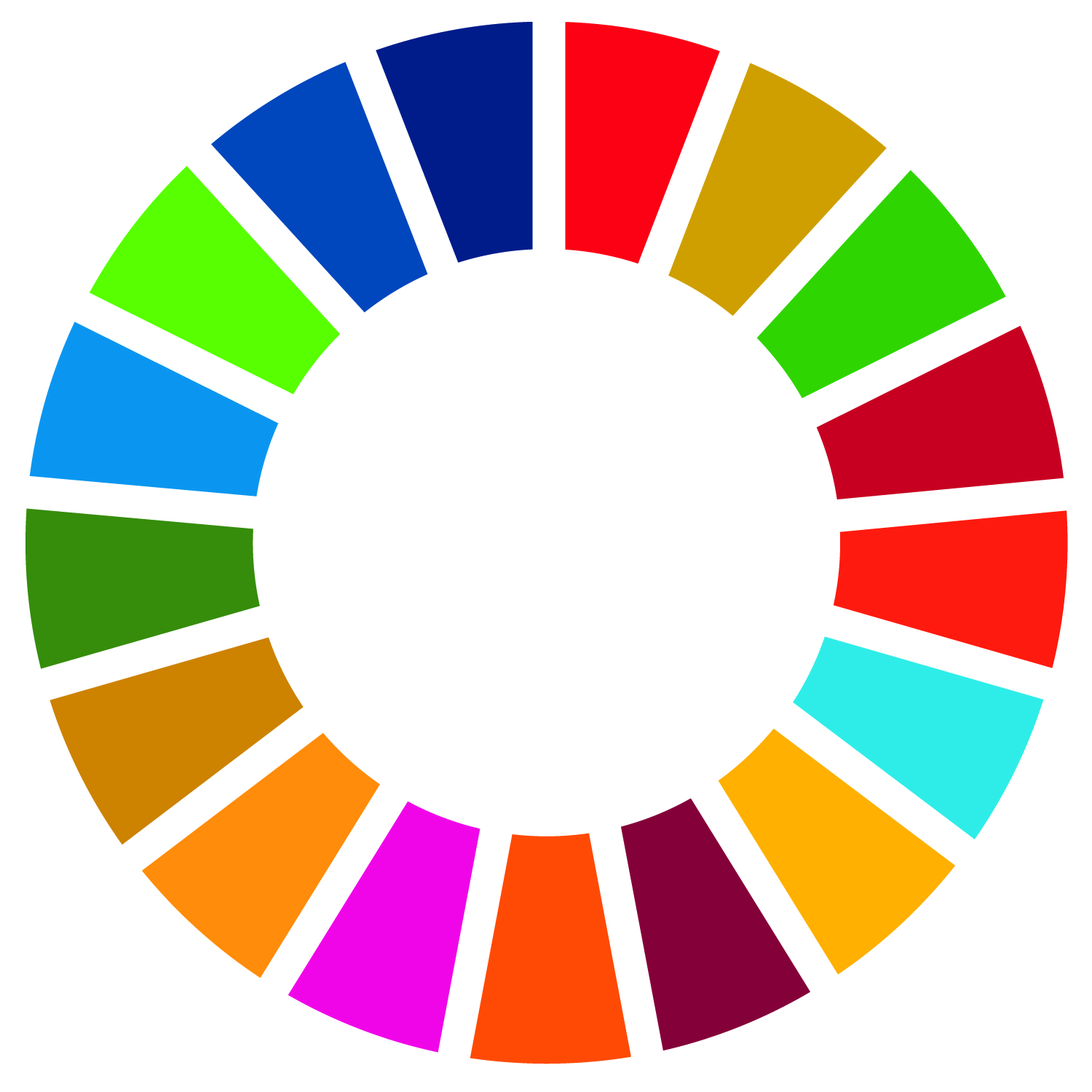The objective is to help children memorise the Jewish symbols taught in previous exercises.
MATERIALS
- printed and cut out playing cards (attachment 20.1)
Instruction
The memory game should be conducted after a few of the other games and exercises mentioned herein. It will help the children memorise what they have learned.
Before the game, print out, laminate and cut out the cards in attachment 20.1. Show the children all the pairs and ask if they recognise the Jewish symbols. If not, remind them of their names and significance in Jewish culture.
After discussing all the cards, put them face down in a pile. Then, spread out the cards on the floor (in a 4×5 rectangle) mixing them up so that the children cannot see which cards went where. The children should sit down in a semi-circle. Their task is to find all the pairs.
Game rules
During each round, two cards can be turned over. If they do not form a pair, they need to be turned face down again. Every child has to repeat this process. Each child who remembers where cards are located and so manages to turn over a matching pair gets a point. A matched pair then remains face up on the floor.
The round ends when all the pictures are matched and face up. The game may consist of a few rounds until one of the children gets a minimum of 3 points (i.e. they find 3 pairs).
Symbols depicted on the cards
Hannukiah – a 9-branched Jewish candelabrum which is lit during the joyous festival of Hannukah, otherwise called the Festival of Lights. On the first day, after sunset, the first candle on the left is lit.
The Israeli flag – its colour and arrangement are inspired by the tallit, a piece of clothing in the form of a prayer shawl. In the middle of the flag is the Star of David, also called the Shield of David.
Kippah – a headdress for men that signifies their respect for God, especially during prayers.
The Star of David –one of the most popular and oldest Jewish symbols. It is a six-armed star signifying the God who rules the universe. Today, it is also the symbol of the country of Israel.
Olive branch –a symbol of beauty, peace and the richness of the Promised Land. As a tree which often lives thousands of years, it symbolises immortality.
Payot – often curled strands of hair which men wear on their temples. According to the biblical rule, they can’t be cut. Payots were supposed to distinguish the Jews from gentiles, which are non-Jews.
Dreidel – is a toy used during Hanukkah. It is a spinning top which will land on its side with one letter face up and so decide what will happen next in the game.
Mezuzah – a wooden or metal container, often decorated, in which a rolled parchment with a fragment of Torah is placed. Tradition states that it has to be placed on the right side of the door frame of a house or synagogue. While entering, you have to touch the mezuzah with your hand.
Torah – 5 books written by Moses, otherwise known as the Pentateuch. The Torah is a set of rules and commandments written on parchment. The Torah is a scroll – that’s how you can recognise it easily.




